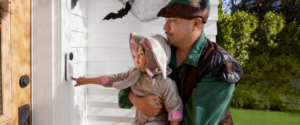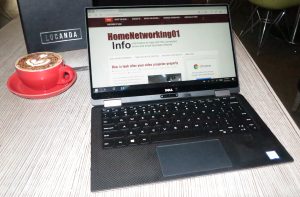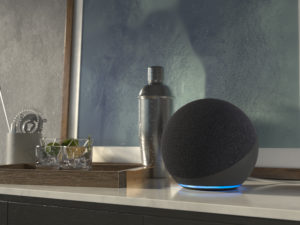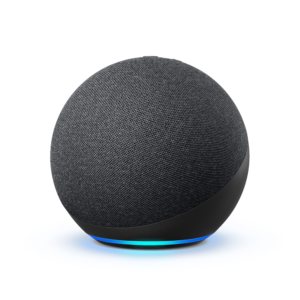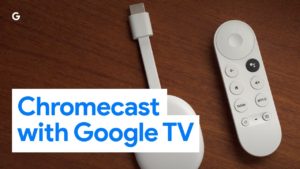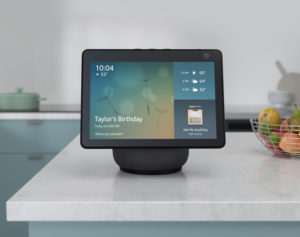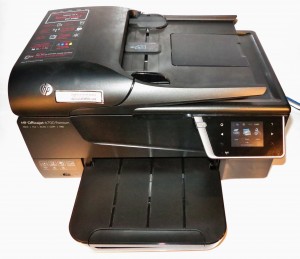Articles
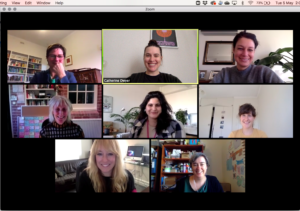
Zoom video conferences will soon be able to take place on smart displays
Zoom Meetings Coming Soon to Smart Displays | Droid Life
Zoom video calls come to smart displays from Google, Amazon, and Facebook | Android Authority
Zoom expands to every major smart display as coronavirus keeps us home | CNet
From the borse’s mouth
Zoom
Zoom Expands to Smart Displays at Home (Blog Post)
My Comments
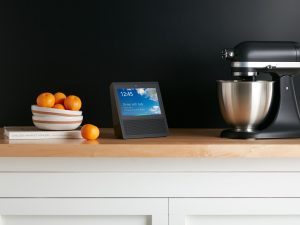
.. like the Amazon Echo Show
The COVID-19 coronavirus plague is increasing our use of Zoom as a multiparty videoconferencing platform especially for social and community purposes. This is thanks to measures in place to encourage social distancing and reduce travel to curb the spread of this virus. Zoom’s trademark for this service even ended up as a generic trademark word for a any multiparty videoconference just like one often referred to a common ballpoint pen as a biro.
But Zoom is primarily offered on most regular-computer and mobile-device platforms like Windows, MacOS, iOS and Android. This is because these devices have integrated or accessory Webcams supported by their operating system and can take on software from third-party developers.
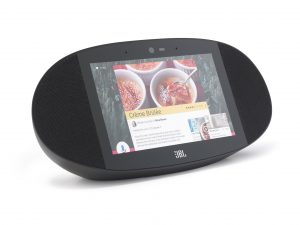
… or Google-Assistant devices like this JBL Link View smart display
Recently Zoom tried out the idea of a dedicated videoconferencing appliance in the form of a 27” group videophone that can also be a display screen for a computer, TV set-top box or similar video peripheral. It is similar to previous efforts by smart-TV and video-peripheral vendors to provide Skype support if the device is equipped with an expensive accessory Webcam offered by the manufacturer.
But Zoom took a better step to partner with Google, Amazon and Facebook to integrate their platform in to the Amazon Echo Show smart displays, Facebook Portal smart display and smart displays running the Google Assistant (Home) platform. Here, these devices have the hardware that is needed to make or take videocalls i.e. a camera, microphone, screen and speakers. As well, the three vendors are more supportive of programming these devices to take on additional functionality.
These devices have some sort of videophone functionality built in to them through support for some other videoconference platforms: Skype and Amazon’s IP-telephony platform in the case of Amazon’s Echo Show devices; Google’s Duo and Meet in the case of Google-powered devices; and Facebook Messenger with its Rooms function as well as GoToMeeting, BlueJeans and WebEx in the case of the Facebook Portal. The addition of Zoom doesn’t displace the platform vendor’s own products or products the vendor has already licensed from other partners. As well, it recognises that different people and organisations tend to prefer working with particular videoconference platforms over others.
The Zoom software is engineered to take advantage of what the platforms offer including tying in with the platform’s native calendar function if you have linked your calendar to it, or joining a videoconference at your voice command. In the case of the Facebook device, you can tap the screen to join a meeting. All classes of Zoom account can be bound to these devices so you can use the account paid for by your work or school or a personal one you set up for free for social use.
This function will start to appear on most Facebook Portal devices in September then roll out across all the other smart-display platforms over October and November.
But why allow Zoom and similar videoconferences on a smart display or similar appliance? One reason is to have one device dedicated to the videoconference while you use another device to take notes or read supporting material for business, education or religion use cases. It may also be about the desire for an “appliance-simple” approach for making and taking videocalls, something that may be desired for older users who may find the process of creating or joining a multiparty videoconference daunting. As well, there is the encouragement to use an endpoint device that fits in with where it will be used such as the small smart displays that are typically installed in a kitchen or similar room.
What need to eventually happen is for Zoom and similar multiparty videoconferencing platforms to be part of connected-TV / set-top box platforms typically used for viewing Netflix or similar video-on-demand services on the big-screen TV. This is as long as the TV or set-top box can work with an accessory Webcam. As well, the device has to support multiple videoconferencing platforms, especially the common ones; while each platform has to offer a user interface suitable for 10-foot “lean-back” operation.
Here, such implementations, when done right, can be about the use of a big-screen TV as a group videophone for situations where the whole household participates in a videoconference like the many Zoom-based family or community video “catch-ups”.

